Author of the article:
Associated Press
Marcia Dunn
Published Oct 13, 2024 • 2 minute read

SpaceX pulled off its boldest test flight yet of the enormous Starship rocket on Sunday, catching the returning booster back at the launch pad with mechanical arms.
Advertisement 2
THIS CONTENT IS RESERVED FOR SUBSCRIBERS ONLY
Subscribe now to read the latest news in your city and across Canada.
- Unlimited online access to articles from across Canada with one account.
- Get exclusive access to the Toronto Sun ePaper, an electronic replica of the print edition that you can share, download and comment on.
- Enjoy insights and behind-the-scenes analysis from our award-winning journalists.
- Support local journalists and the next generation of journalists.
- Daily puzzles including the New York Times Crossword.
SUBSCRIBE TO UNLOCK MORE ARTICLES
Subscribe now to read the latest news in your city and across Canada.
- Unlimited online access to articles from across Canada with one account.
- Get exclusive access to the Toronto Sun ePaper, an electronic replica of the print edition that you can share, download and comment on.
- Enjoy insights and behind-the-scenes analysis from our award-winning journalists.
- Support local journalists and the next generation of journalists.
- Daily puzzles including the New York Times Crossword.
REGISTER / SIGN IN TO UNLOCK MORE ARTICLES
Create an account or sign in to continue with your reading experience.
- Access articles from across Canada with one account.
- Share your thoughts and join the conversation in the comments.
- Enjoy additional articles per month.
- Get email updates from your favourite authors.
THIS ARTICLE IS FREE TO READ REGISTER TO UNLOCK.
Create an account or sign in to continue with your reading experience.
- Access articles from across Canada with one account
- Share your thoughts and join the conversation in the comments
- Enjoy additional articles per month
- Get email updates from your favourite authors
Article content
Towering almost 400 feet (121 meters), the empty Starship blasted off at sunrise from the southern tip of Texas near the Mexican border. It arced over the Gulf of Mexico like the four Starships before it that ended up being destroyed, either soon after liftoff or while ditching into the sea. The last one in June was the most successful yet, completing its flight without exploding.
This time, SpaceX founder and CEO Elon Musk upped the challenge and risk. The company brought the first-stage booster back to land at the pad from which it had soared seven minutes earlier. The launch tower sported monstrous metal arms, dubbed chopsticks, that caught the descending 232-foot (71-meter) booster.
“The tower has caught the rocket!!” Musk said via X.
By signing up you consent to receive the above newsletter from Postmedia Network Inc.
Article content
Advertisement 3
Article content
Company employees screamed in joy as the booster slowly lowered itself into the launch tower’s arms.
“Even in this day and age, what we just saw is magic,” SpaceX’s Dan Huot observed from near the launch site. “I am shaking right now.”
“Folks, this is a day for the engineering history books,” added SpaceX’s Kate Tice from SpaceX headquarters in Hawthorne, California.
It was up to the flight director to decide, in real time with a manual control, whether to attempt the landing. SpaceX said both the booster and launch tower had to be in good, stable condition. Otherwise, it was going to end up in the gulf like the previous ones. Everything was judged to be ready for the catch.
The retro-looking stainless steel spacecraft on top continued around the world once free of the booster, targeting a controlled splashdown in the Indian Ocean, where it would safely sink. The entire flight was expected to last just over an hour.
Advertisement 4
Article content
The June flight came up short at the end after pieces came off. SpaceX upgraded the software and reworked the heat shield, improving the thermal tiles.
SpaceX has been recovering the first-stage boosters of its smaller Falcon 9 rockets for nine years, after delivering satellites and crews to orbit from Florida or California. But they land on floating ocean platforms or on concrete slabs several miles from their launch pads — not on them.
Recycling Falcon boosters has sped up the launch rate and saved SpaceX millions. Musk intends to do the same for Starship, the biggest and most powerful rocket ever built with 33 methane-fuel engines on the booster alone. NASA has ordered two Starships to land astronauts on the moon later this decade. SpaceX intends to use Starship to send people and supplies to the moon and, eventually Mars.
Article content
.png)
 4 days ago
12
4 days ago
12







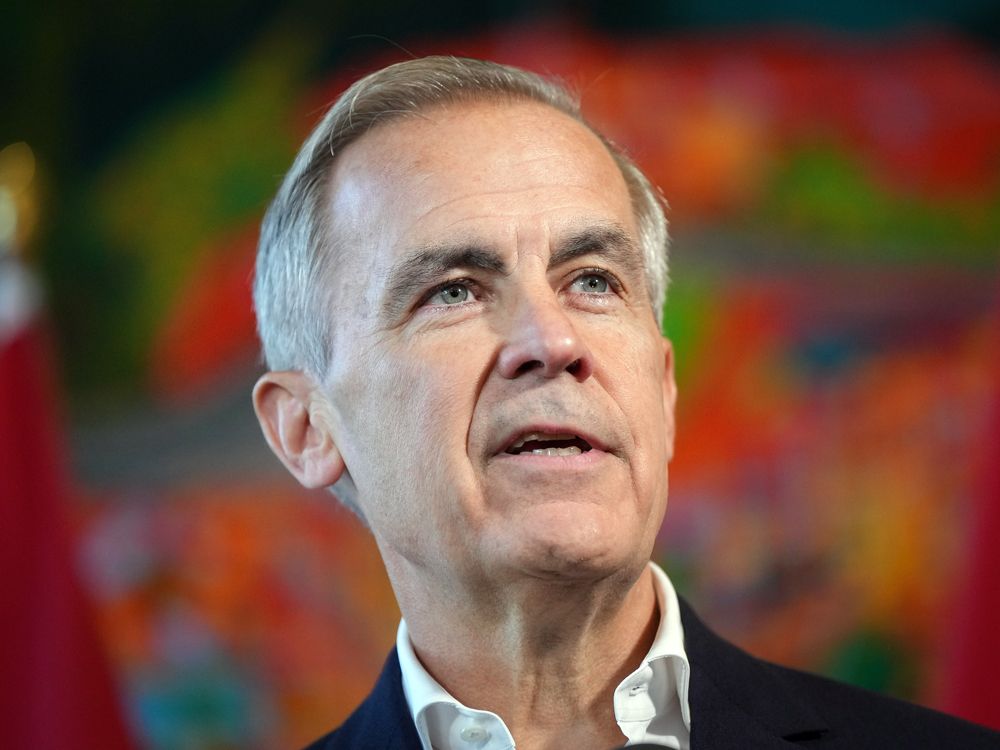



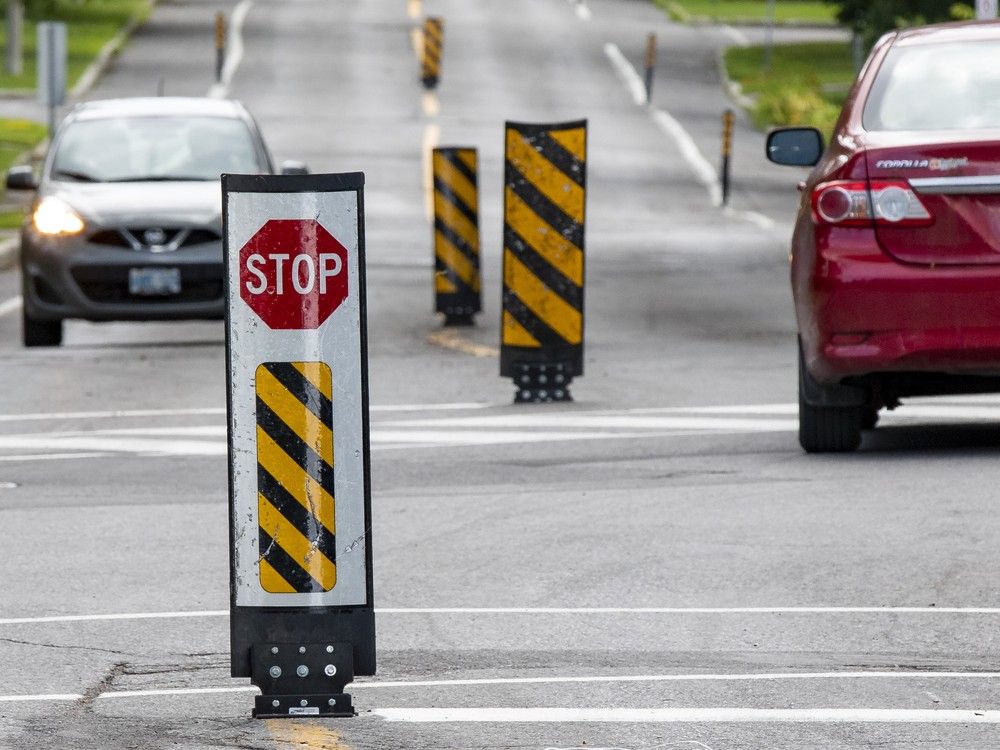












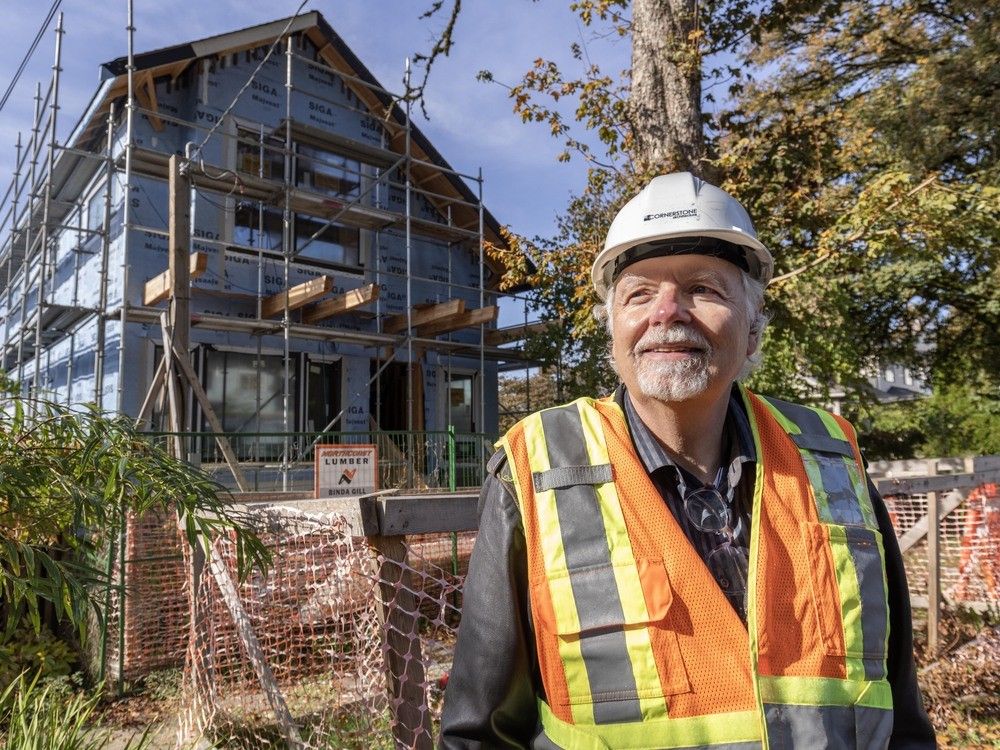

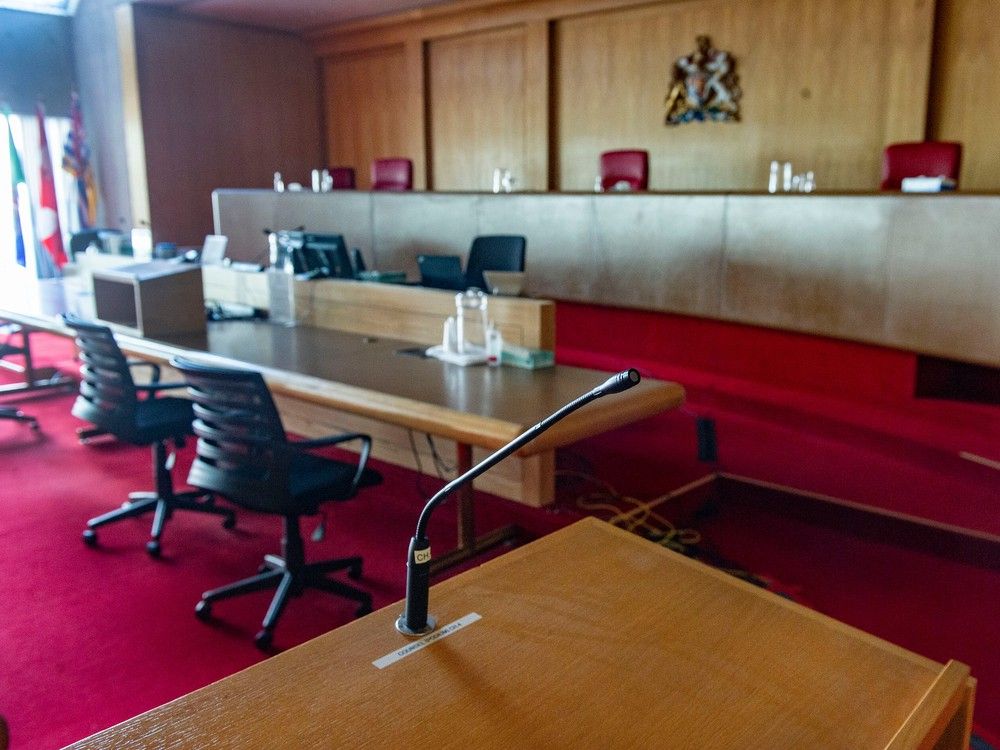




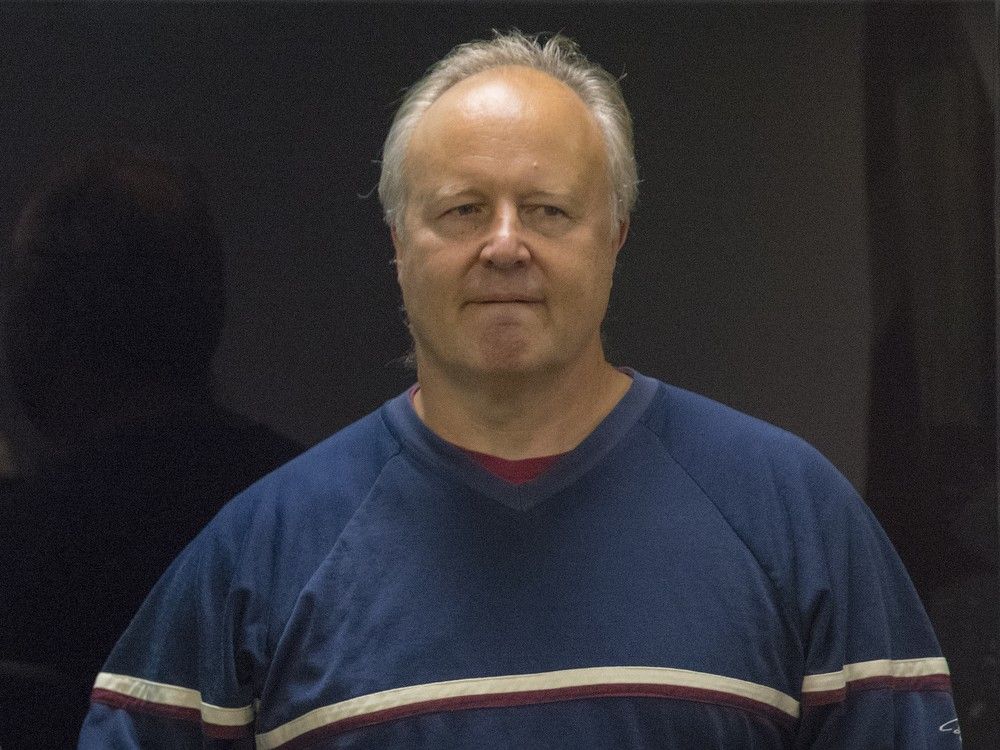


 Bengali (BD) ·
Bengali (BD) ·  English (US) ·
English (US) ·